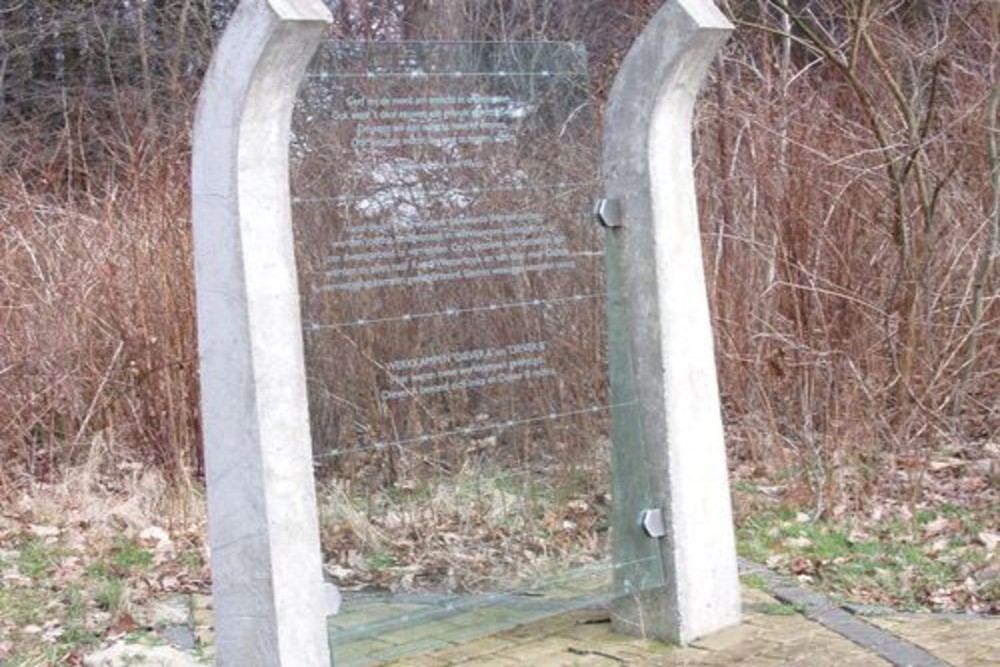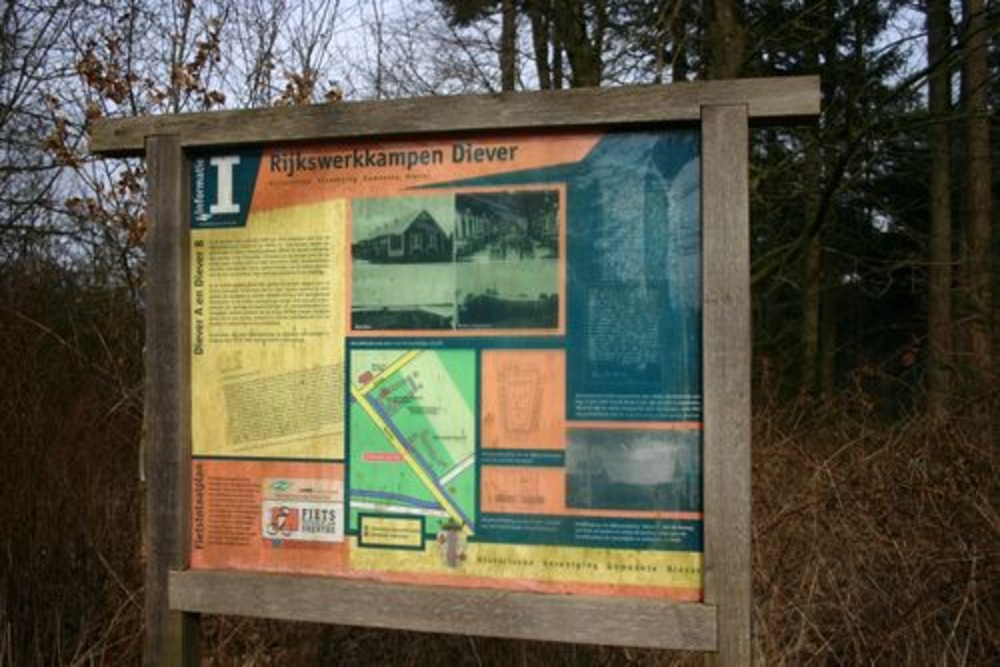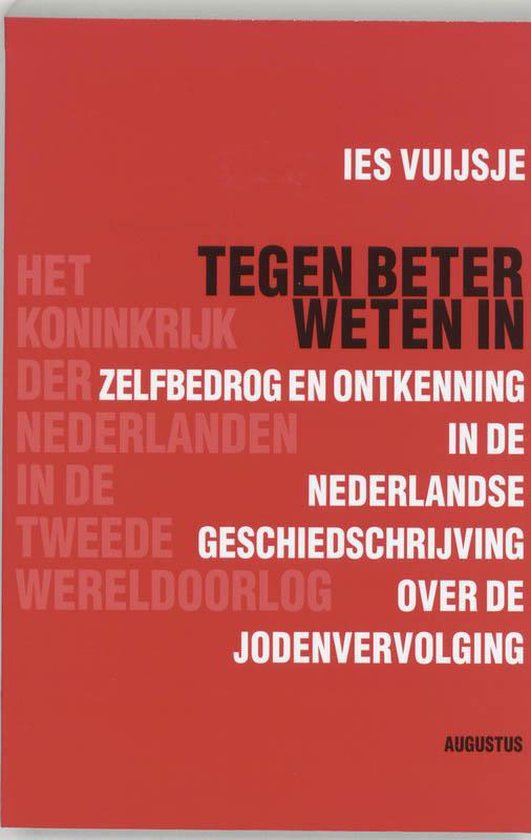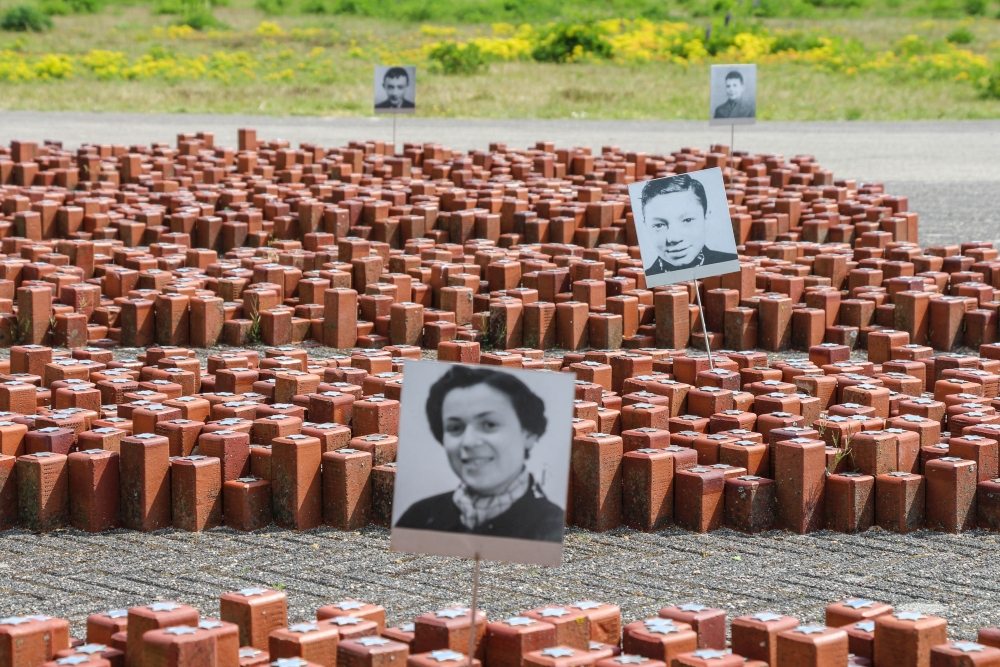Memorial Labour Camps Diever A and B
A text by Jacqueline van der Waals has been placed on the memorial plaque:
'GIVE ME THE COURAGE TO UNJECT
ALSO WHERE IT IS LEGALIZED BY CENTURIES OF USE,
ALSO WHERE THE POWER TO TAKE IT AWAY, APRON. '
At the beginning of 1938, the camp for the unemployed is established in Diever. The camp is located on the grounds of Staatsbosbeheer. Several barracks are being built on the heath on the street Diever - Wateren.
In September that year, the Nieuwsblad van het Noorden writes that 'the Diever Labor Camp' is almost complete. The cook manager then already lives in his house at the camp. The barracks are equipped with electric light and water pipes. On September 15, the approximately 100 unemployed arrive. They come from Zuilen, IJsselstein, Harlingen and Franeker.
The unemployed will cultivate the land south of the Diever-Wateringen road.
In November 1938 it was announced that 'an entire camp would be built'. Together, the camps will provide shelter for 200 unemployed people.
The 'old' camp will be named Diever A, the new camp, a few tens of meters south of the other camp Diever B.
Initially, a 'fortnight regulation' prevails in the camps, which means that the unemployed are allowed to go home once every fourteen days.
After fierce protests and a strike, that regime was changed in the summer of 1939 and the unemployed were allowed to go home every weekend.
The camp is probably evacuated in November 1941. In December 1941, the German occupiers decided to send Jewish Amsterdammers to the Drenthe labor camps in Diever.
In 1942 fifty Jewish labor camps were established in the Netherlands. The camps were Westerbork's vestibule and were in use for nine months.
The camps were located in remote areas in Drenthe and Friesland, far away from the Randstad where most of the Jews lived. The able-bodied men were thus isolated. The occupier made use of an infrastructure that was already there. In the 1930s, the camps had been built as part of the job creation scheme. To avoid a fuss, the occupiers did everything they could to make the herding of Jewish men look like something similar. The men had to dig up heathland or build roads under the leadership of the same organization as before the war: the Rijksdienst voor de Werkwidening. The supervision of the work was in the hands of the Nederlandsche Heidemaatschappij and the Dutch also had the say in the camp itself.
Rijkswerkkampen Diever A and Diever B near Oude Willem was one of them. Each camp held a maximum of 94 men between the ages of 18 and 65.
The first group of 902 Jewish unemployed workers left on Saturday, January 10, 1941 from the Amstel station in Amsterdam to the various camps.
That afternoon, camp Diever A: 78, and camp Diever B: 75 Jewish workers. On January 1, 1942, there were 94 in both camp A and camp B.
And on October 1, 1942, respectively: 90 and 77 Jewish workers.
At the beginning of 1942, the camp residents were still relatively free. The men held colorful evenings and were allowed to walk through the village. The regime in the camps gradually became stricter in 1942. There was less food. In the night of October 2 to 3, 1942 (during Sukkot), the men of all fifty camps had to leave in a hurry. At the same time, their wives and children were taken from their homes. In one night, more than ten thousand Jews ended up in Westerbork. They were then killed in the gas chambers of Auschwitz and Sobibor.
After the Jewish workers were deported, the camp was used by the Dutch Labor Service (N.A.D.).
After the war, the camps served for a short time as reception camps for evacuees and then for the internment of NSB members.
Do you have more information about this location? Inform us!
Source
- Text: Hans van der Veen
- Photos: Bert Deelman
- Ir. J.C. de Kat, algemeen directeur van de Rijksdienst voor de Werkverruiming; Nota: zakelijk verslag van de tewerkstelling van Joden op werken van de Rijksdienst voor de Werkverruiming; maart 1945.
- Drs. Annelies Hartman; Eindrapport Cultuurhistorisch Onderzoek plangebied De Oude Willem in opdracht van de Dienst Landelijk Gebied.
- http://www.dieversarchief.nl/onderwerpen/werkkampen-diever-a-en-b/
- diverse krantenknipsel via: delpher.nl; gezocht op: werkkamp Diever.
Related books
Nearby
Point of interest
Monument
- Memorial Executions 8 September 1944 Wapserveld - Doldersum
- Monument The Boulder - Diever
- Memorial Us Blau Hiem - Appelscha
Cemetery
- Commonwealth War Graves Diever - Diever
- Dutch War Graves Diever - Diever
- Commonwealth War Graves Hoogersmilde - Hoogersmilde










